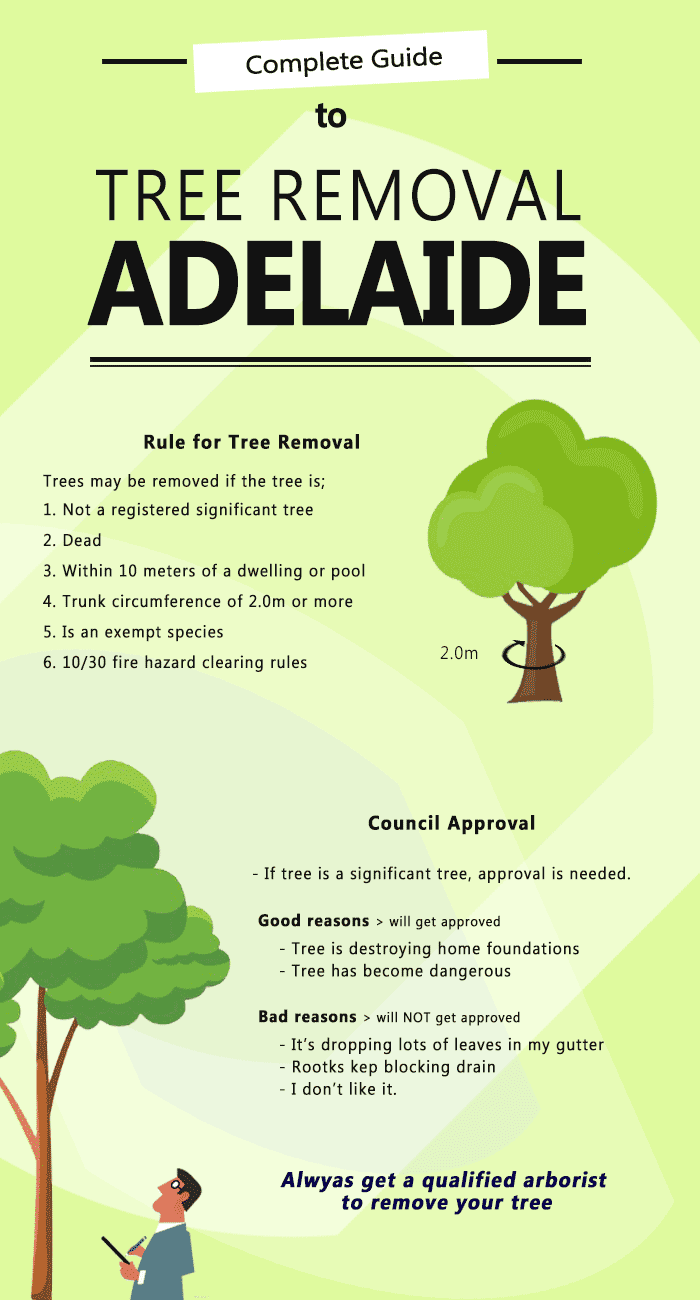Protecting Your Landscape: Replanting After Tree Removal
Protecting Your Landscape: Replanting After Tree Removal
Blog Article
Uploaded By-Bang Cook
Tree elimination can leave a void in your landscape that needs filling. You can grow something brand-new in that space, yet it takes extra care and attention at the beginning to assist it thrive.
The soil because location will certainly maintain altering in time as microbes break down the old origins. specialty tree service can affect the nutrient equilibrium and physical area for new growth.
Dirt
The dirt in a story where a tree has actually been gotten rid of is most likely to be extremely various from the rest of your garden or backyard. The roots of the old tree and the stump will certainly have transformed the soil, getting rid of some nutrients and potentially crowding out other plants. Additionally, if the previous tree was diseased, the contagious agent might still remain in the ground.
The presence of origins cultivates a rich and diverse area of dirt microorganisms that boosts necessary procedures like nutrient biking and raw material decomposition. Without these microbes, the displaced dirt can come to be much less productive and nutrient-depleted, with an unfavorable effect on plant growth.
Before replanting, the dirt should be eliminated of particles and natural product (such as timber chips from stump grinding). You may want to mix in potting soil or native dirt with this compost to offer your new planting with an environment that is well balanced and full of nutrients.
Water
Tree roots absorb big amounts of water from the dirt. https://www.unionrecorder.com/news/georgia-power-offers-energy-saving-tips-during-covid-19/article_2d937afe-c546-11ea-b6ca-cb79aaa138b1.html adds nutrients back to the dirt, specifically nitrogen, which is crucial for brand-new trees and plants. However, old dirt can be depleted of these vital minerals because of the decaying roots and stump from a gotten rid of tree.
This is why it is necessary to have a plan for the future of your landscape. Preferably, the best time to plant is when you have a fresh start.
Whether you're planting lawn or flowers, make certain to use a soaker tube to prevent overwatering your new landscape design. If the area was a yard, make certain to cover the dirt with natural mulch to assist maintain wetness in the soil, manage dirt temperatures and subdue weeds. This additionally provides a layer of defense for young plants and promotes worm task. After that, regularly replenish the compost to continue improving the soil nutrient density and microbial life. This is referred to as dirt restoration.
Light
Trees are an excellent enhancement to any type of landscape, giving color, aesthetic pulchritude, and numerous various other benefits. Nevertheless, occasionally trees become undesirable as a result of a range of reasons, including illness, parasite problems and all-natural aging.
In such instances, it may be required to get rid of a tree. It's important to consider the value of a particular tree in your landscape design and take the correct actions to guarantee that the elimination is done securely and successfully.
During the late summer season, it's a perfect time to carry out upkeep and inspections on existing trees. Search for indicators of disease, insect problems, or architectural damage, along with any type of potential hazards such as damaged or leaning trees.
Before beginning any type of building and construction projects, make sure to safeguard the root zones of existing trees by preventing dirt compaction and rating around them. Raw material, as it breaks down, can produce toxic gases that are damaging to the origins of a tree. It's additionally a great concept to mulch the area around a tree after building has ended up to save dampness and reduce weed growth.
Temperature
Trees are essential to a landscape for their visual allure, yet they likewise play a crucial function in the local community by offering color and windbreaks. They sustain wild animals habitats and lower the amount of co2 in the air, which can contribute to international warming. This is why it is a good idea to replant trees after getting rid of one from the building.
When replanting a new tree in the place of a previous stump, the soil may not have sufficient nutrients to sustain it. It is best to wait for a year before growing to ensure that the soil will be rich in nutrients.
To ensure that replanted trees thrive, it is crucial to supply them with proper treatment. A layer of compost will maintain soil wetness from evaporating, manage dirt temperature, and aid reduce weeds. Organic mulch is the favored choice due to the fact that it improves dirt fertility. Ongoing fertilization and pest control are likewise important for replanted trees.